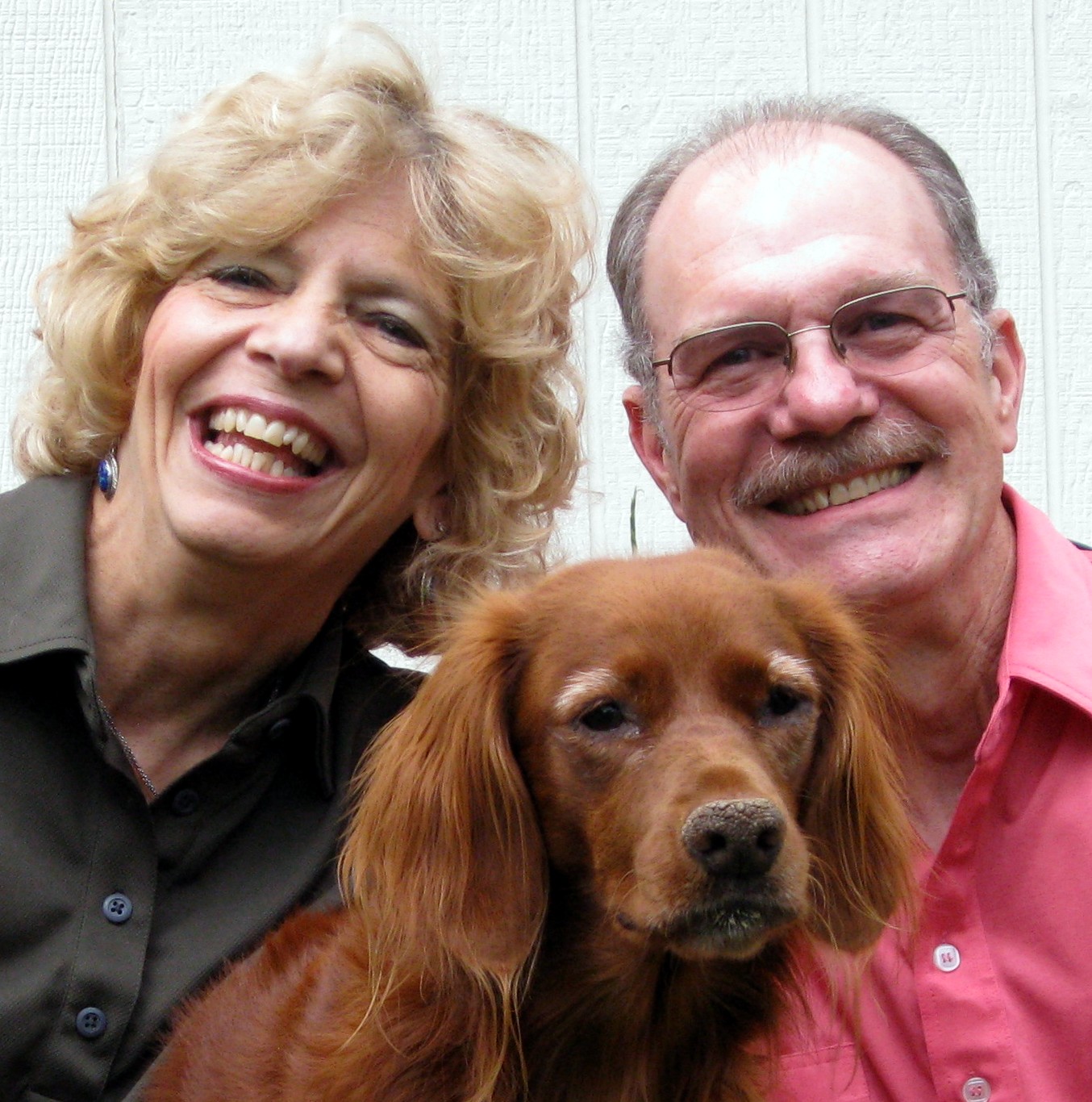AARP Hearing Center
Grandchildren may be one of the joys of getting older, but our dogs don’t always feel the same way. The sudden appearance of a little creature that makes strange noises, moves erratically and unpredictably, doesn’t at all resemble the adults he’s familiar with, and captures the time and attention our dogs are accustomed to receiving, will put many doggie noses out of joint.
But there are many ways we can help prepare our dogs for sharing their lives with grandchildren from time to time. If your dog will be meeting your grandchild during the baby’s infancy, it’s important to accustom your dog to the sounds the baby will make. To your dog, high pitched baby cries could resemble the squeaks and pips of small critters, and could cause your dog to become agitated or confused. Some noise-sensitive dogs will even be afraid of baby noises.
Using a CD containing high quality recordings of baby sounds is a great way to teach your dog that baby noises – from coos and cries to ear piercing shrieks – not only are nothing to worry about but actually predict something good for your dog. Play the recording quietly and watch for when your dog alerts to or shows awareness of the sound. Then quickly give your dog a tidbit or throw his favorite toy. When you notice he is looking to you for a treat or a toy when he hears the recorded baby cries, then you know it’s time to increase the volume.
Practice frequently with your dog while you are awaiting the arrival of your grandchild. Once you are progressing nicely with the baby sounds acclimation, a more advanced technique is to have a baby doll in your arms while the CD playing. Sit down, and permit your dog to sniff the doll’s feet. In doing so you are teaching your dog what to do when someone is holding the baby, rather than having to scold your dog because he hasn’t been taught what’s expected of him.
If you see your grandkids infrequently both their appearance and behavior will change significantly between visits so it will be important to create acclimation exercises for your dog and plan for gradual introductions during future visits.
































































